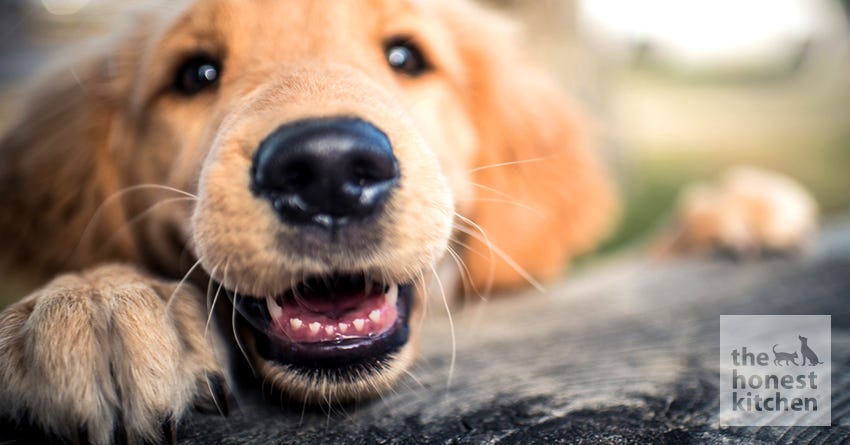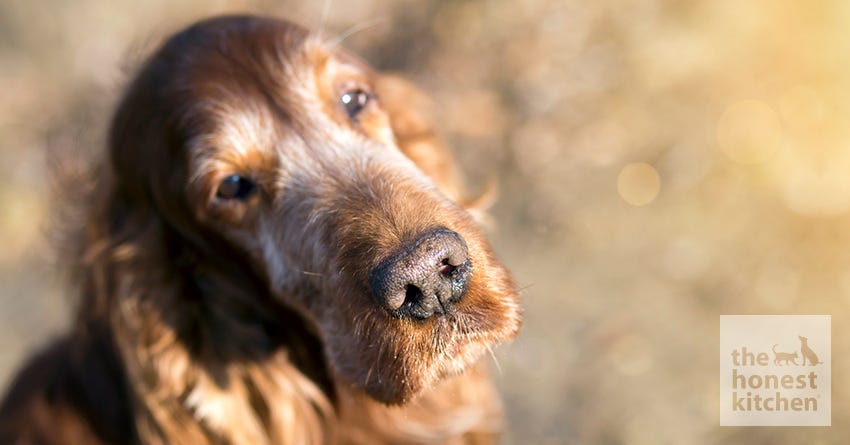Why Do Dogs Have Whiskers?

When you think of a dog's face, especially his muzzle, chances are you think of his whiskers.
You know, those stiff hairs growing out of his muzzle that rub you awkwardly when you kiss him. Some dogs also have them near their eyes. Some breeds have them other places on their faces as well.So what all do those whiskers actually do?
Vibrissae, the technical term for "whiskers," are found in many mammals. Like humans, dogs use their sense of touch to get information about their surroundings. Humans use their hands. As any parent can tell you, a baby constantly reaches for everything to feel it, and often, to put it in their mouth. A dog doesn't usually go for something with a paw: he puts his face to it. Not only does that sensitive nose give him a wealth of information, so do his highly sensitive whiskers. These long, coarse hairs are much different from the hair on the rest of your dog's body. The whiskers contain nerves. These nerves pass information on to the brain. Whiskers are also very sensitive to wind currents. They help dogs tell wind direction and to sense when something is near. Water dogs can tell current direction when they're in water. Their whiskers also help dogs instinctively keep their heads above water, even on their first swim. Dogs also can get information for every object that is nearby, including shape, speed and size. The information whiskers provide is what tells your dog to go under the bed to get that toy instead of banging into the side of it. Whiskers can be used in dog communication. A threatened dog may flare its whiskers and point them forward as a show of aggression. It's also common for small mammals to rely on their whiskers to tell them if they can fit into small places. Some dogs use their whiskers for this reason as well. ©istockphoto/Wavetop
©istockphoto/Wavetop

